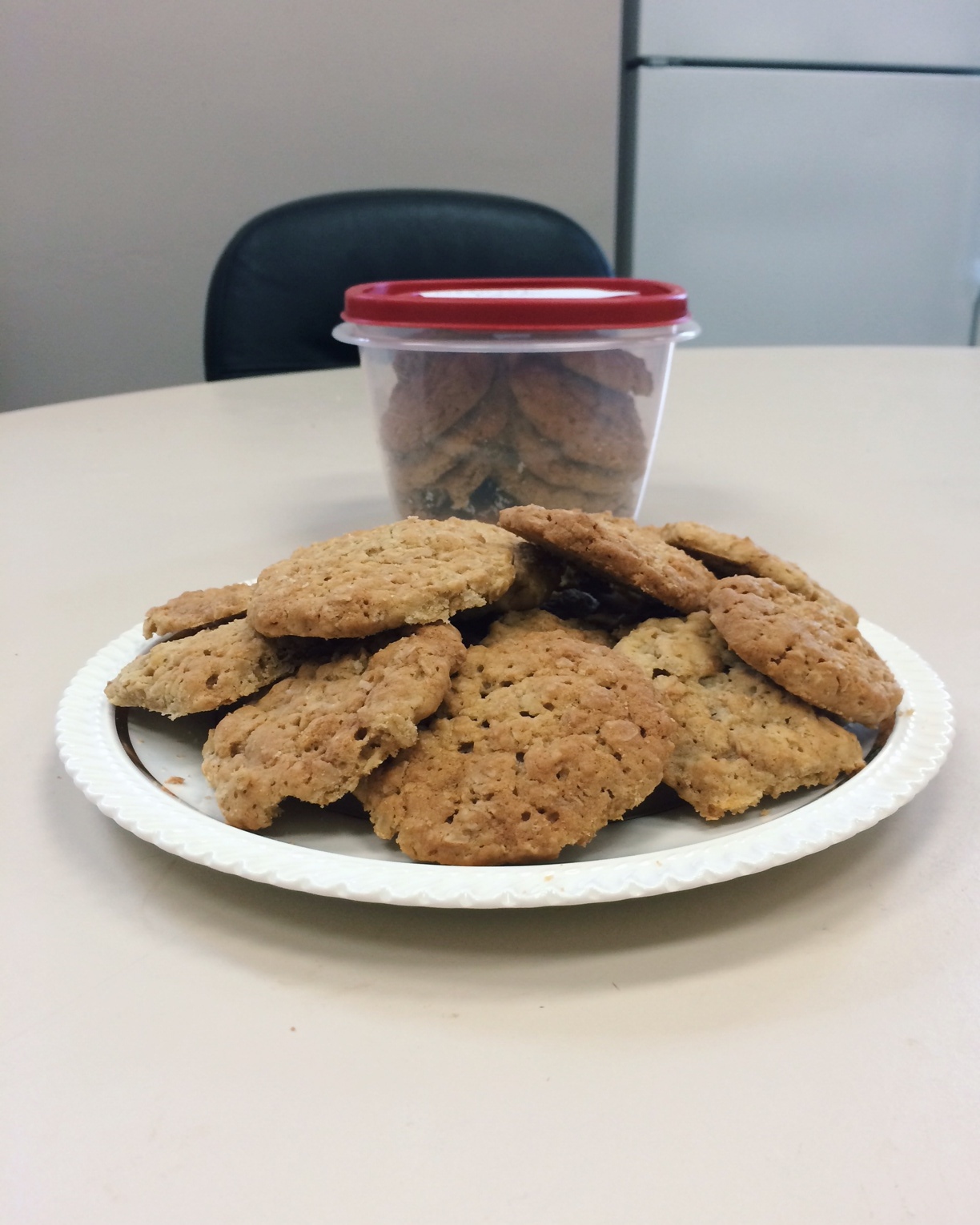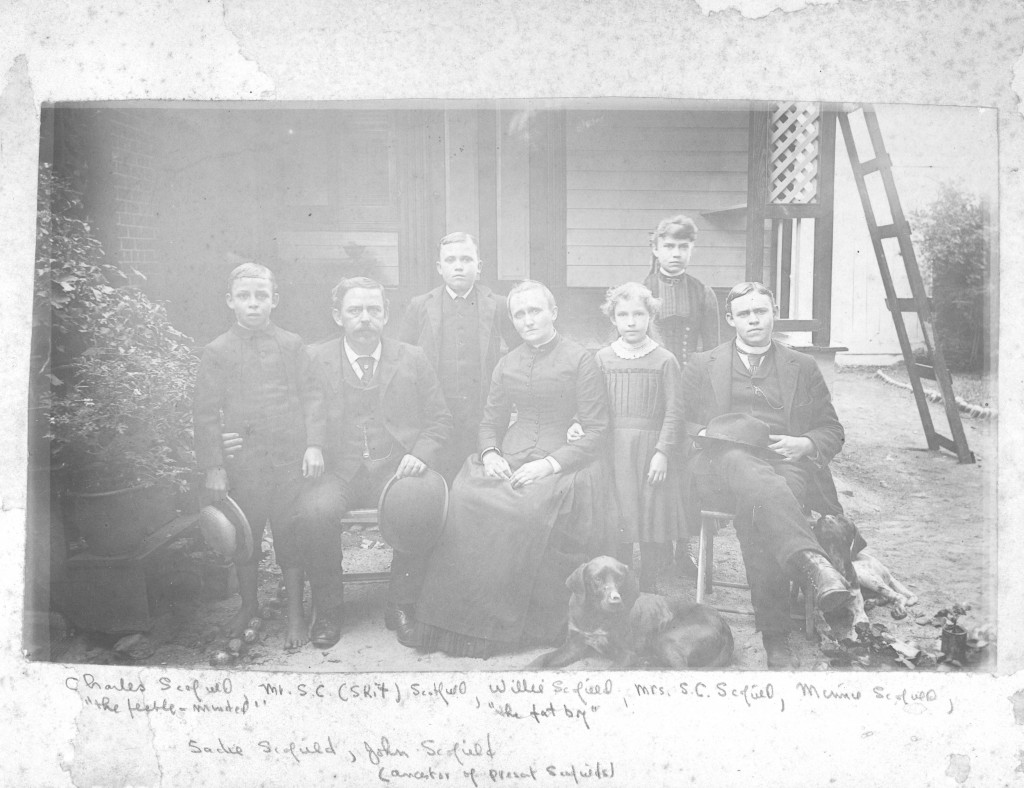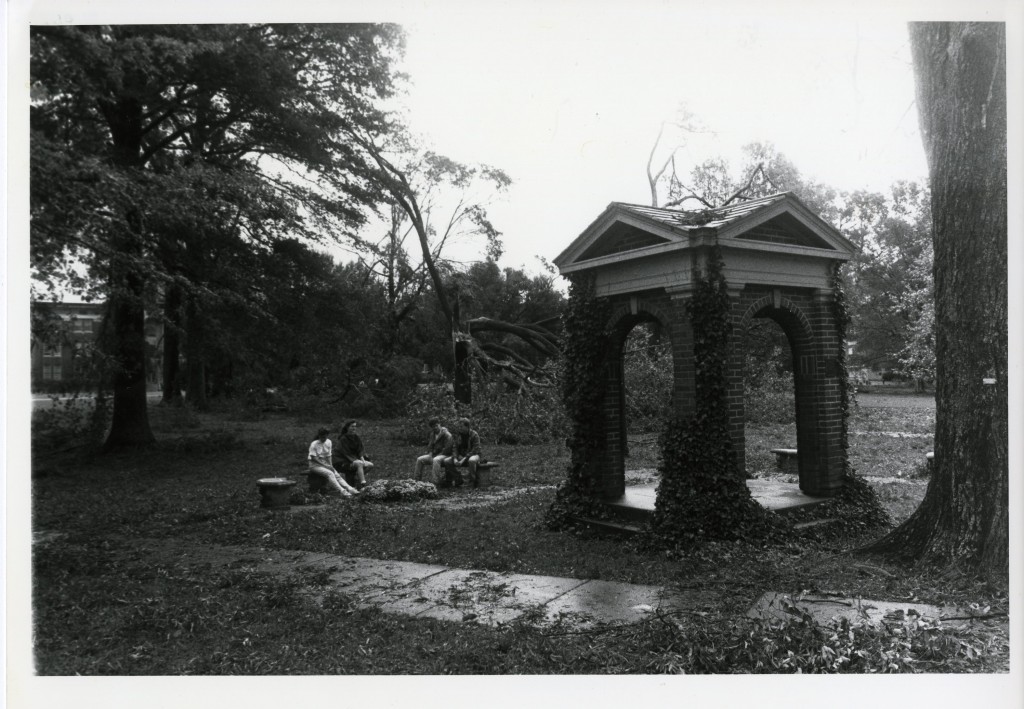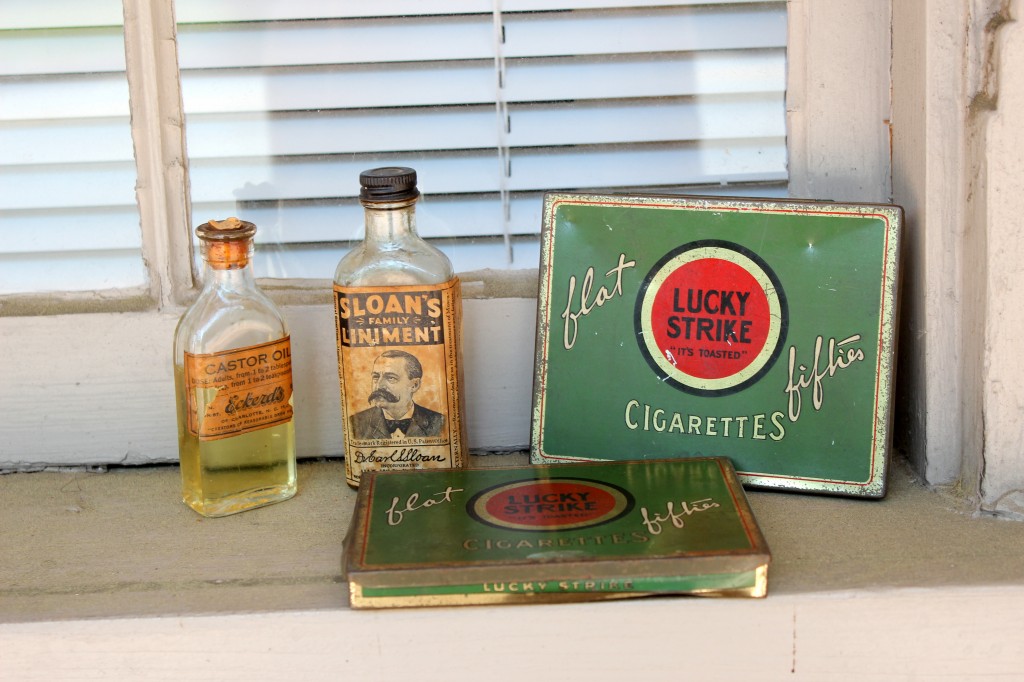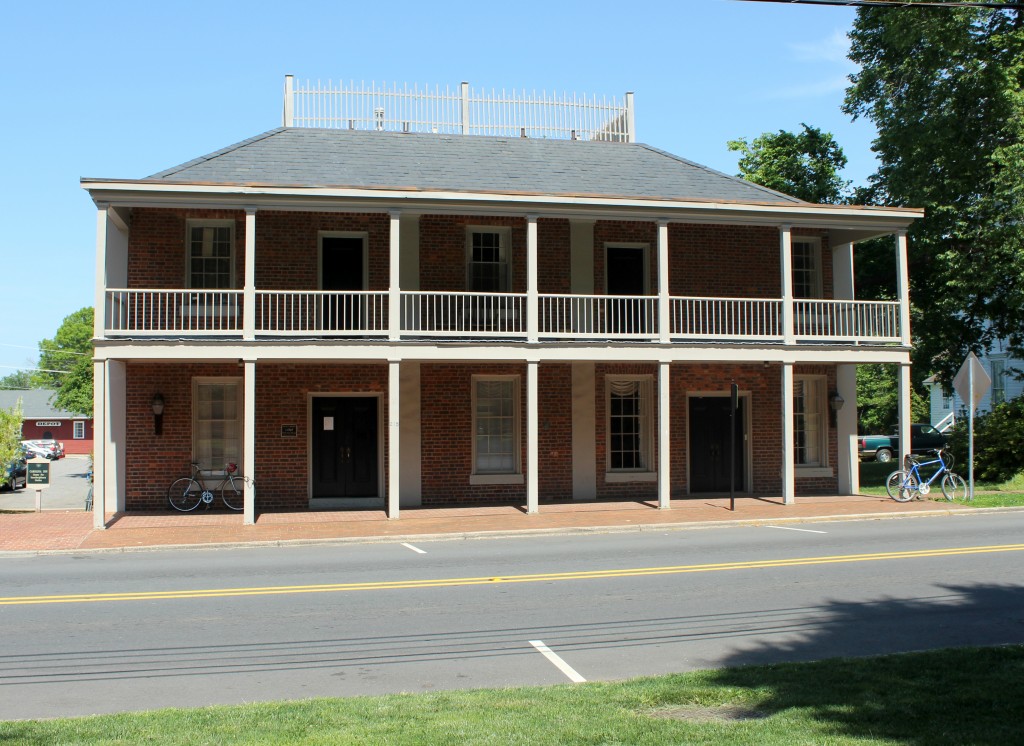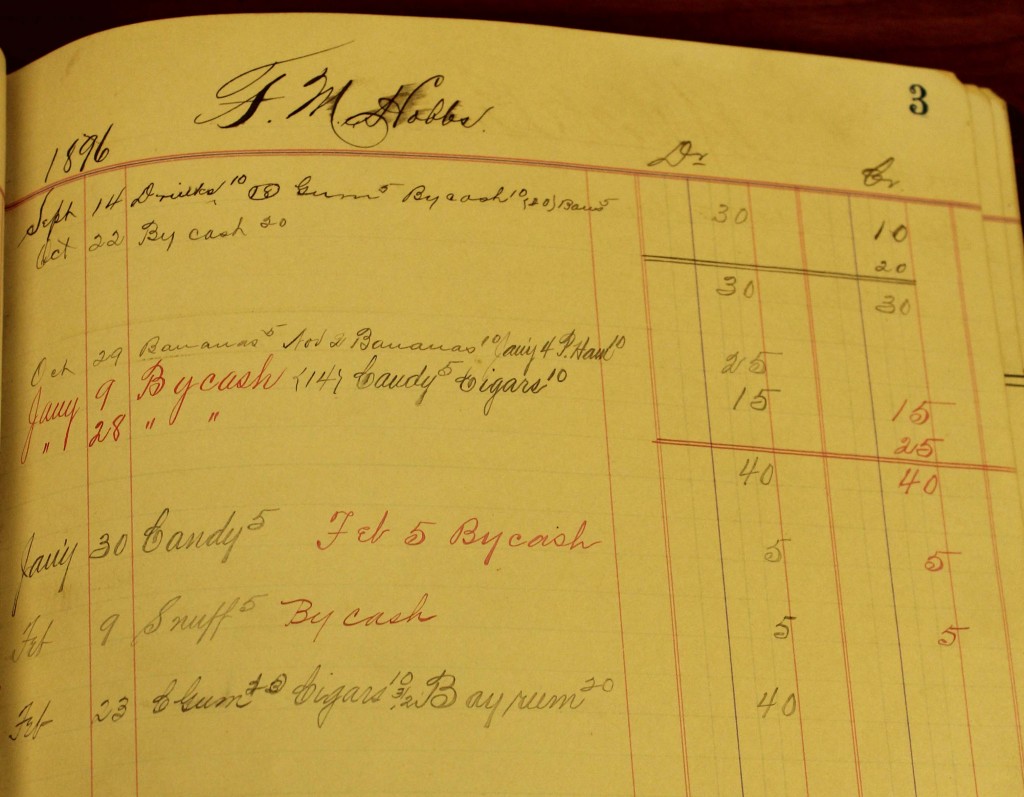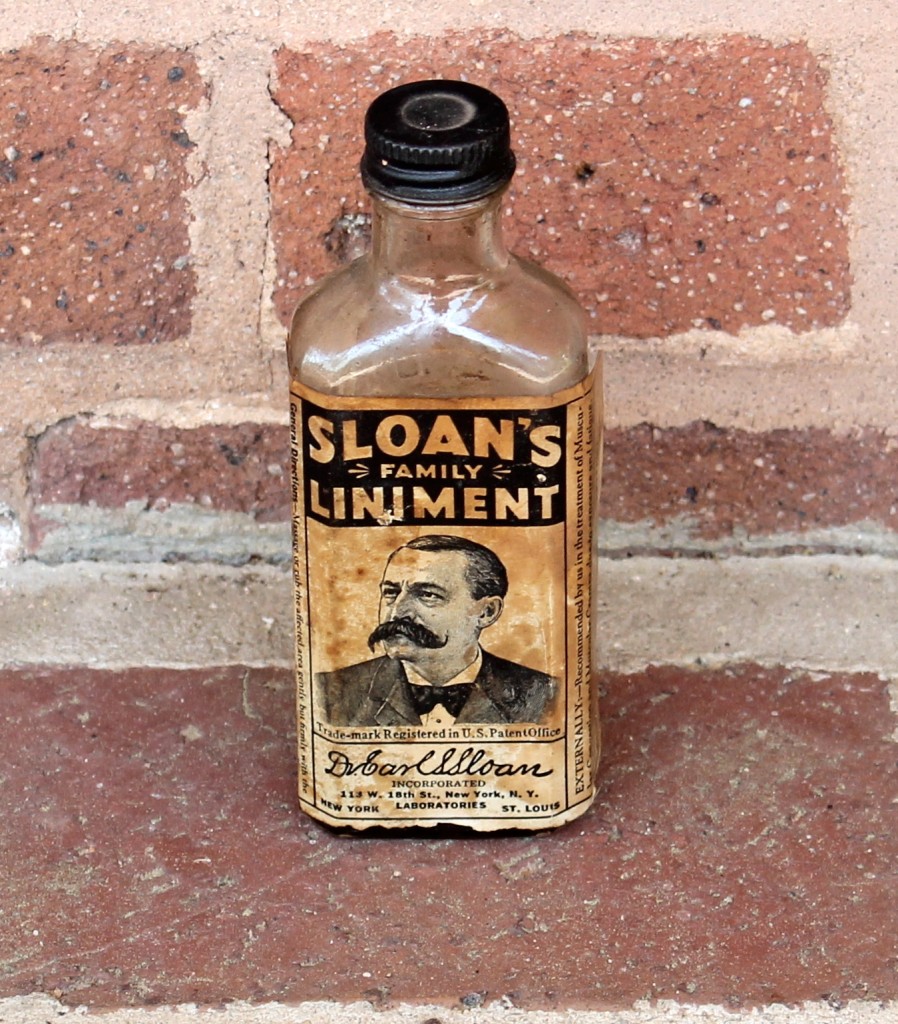Next up in our Recipes from the Archives series – Jennie Martin’s “Cafe Parfait.” Jennie’s Martin’s recipe comes from the Davidson Civic Club’s Davidson Cook Book (circa 1928), the same volume that contained the Misses Scofield’s Ice Box Pudding #1. The Davidson Civic Club (1911 – 1959; Davidson Civic League from 1952) aimed to promote “a well-kept household and a place for good and pleasant living” in Davidson. The club’s first president was Cornelia Shaw, Davidson College’s first full-time librarian and registrar; the members raised money to establish the first town library, beautify the town, and name town streets.

Jane “Jennie” Vardell Rumple Martin (1872 – 1955) was raised in Charleston, South Carolina. She attended the Charlotte Female Institute (now Queens University) and afterwards married James Rumple of Salisbury, North Carolina. Rumple died in 1892, and in 1897 Jennie married William Joseph Martin, Jr. (1868 – 1943; Class of 1888).

W.J. Martin, Jr. moved to Davidson in 1870, when his father (William Joseph Martin, Sr., known as “The Colonel”) took up a post as a professor of chemistry (and served as acting College President in 1887 – 1888). After graduating with B.A. (1888) and M.A. (1894) from Davidson, Martin went on to the University of Virginia, where he received M.D. (1890) and Ph.D (1894) degrees. W.J. Martin was a professor of chemistry at Davidson College from 1896 until 1912, when he became College President. After retiring from that post in 1929, Dr. Martin served as President of the Assembly’s Training School (now Union Presbyterian Seminary) in Richmond until 1933. W.J. and Jennie Martin moved to Greensboro, North Carolina, for five years before returning to Davidson in 1939. Jennie Martin had a son from her first marriage, J. Malcomson Rumple, and four children with W.J.: William Joseph Martin III, Eloise Martin Currie, Jean Martin Foil, and Mary Martin Maddox.

Jennie Martin was extremely active in Davidson town life – she was fundamental in founding the Woman’s Book Club of Davidson (Booklover’s Club since 1911) in 1899, and the Young Matrons Club (Twentieth Century Club from 1927 to 1964) in 1922. According to the January 1899 Davidson College Magazine, the Woman’s Book Club was established to be a place for women to discuss the latest books – in fact, “The Magazine warns the learned Ph.D’s. to be on their guard and look to their colors, since the women in their midst intend to be intellectual! As to the Boys!-they simply are not in it.” The Booklover’s Club still exists as a space for women in Davidson to gather and learn together.

Now to Jennie Martin’s Cafe Parfait – this recipe for a cold treat seemed just the thing for summer.

I tripled all the ingredients and added a bit extra coffee, since I was concerned that the flavor wouldn’t come through all the cream. I began by making a sugar or simple syrup, and the coffee I used was Reanimator Coffee’s Guatemala Finca La Pastoria (since I already had a bag on hand). Pro tip: if you don’t constantly stir the egg yolk-sugar syrup-coffee mixture, the eggs will start to separate from the liquids. I borrowed an electric ice cream maker from Jean Coates, our Assistant Director for Access and Acquisitions, for the freezing process – undoubtedly a bit different than what Jennie Martin would have used!


After the ice cream maker had completed its process, I put the resulting ice cream in my freezer overnight. The completed Cafe Parfait is delicious – it tastes a like a sweet cream frozen custard with a hint of coffee. The recipe was very simple to follow, and with the modern addition of an electric ice cream maker, it was also a speedy treat to make.






